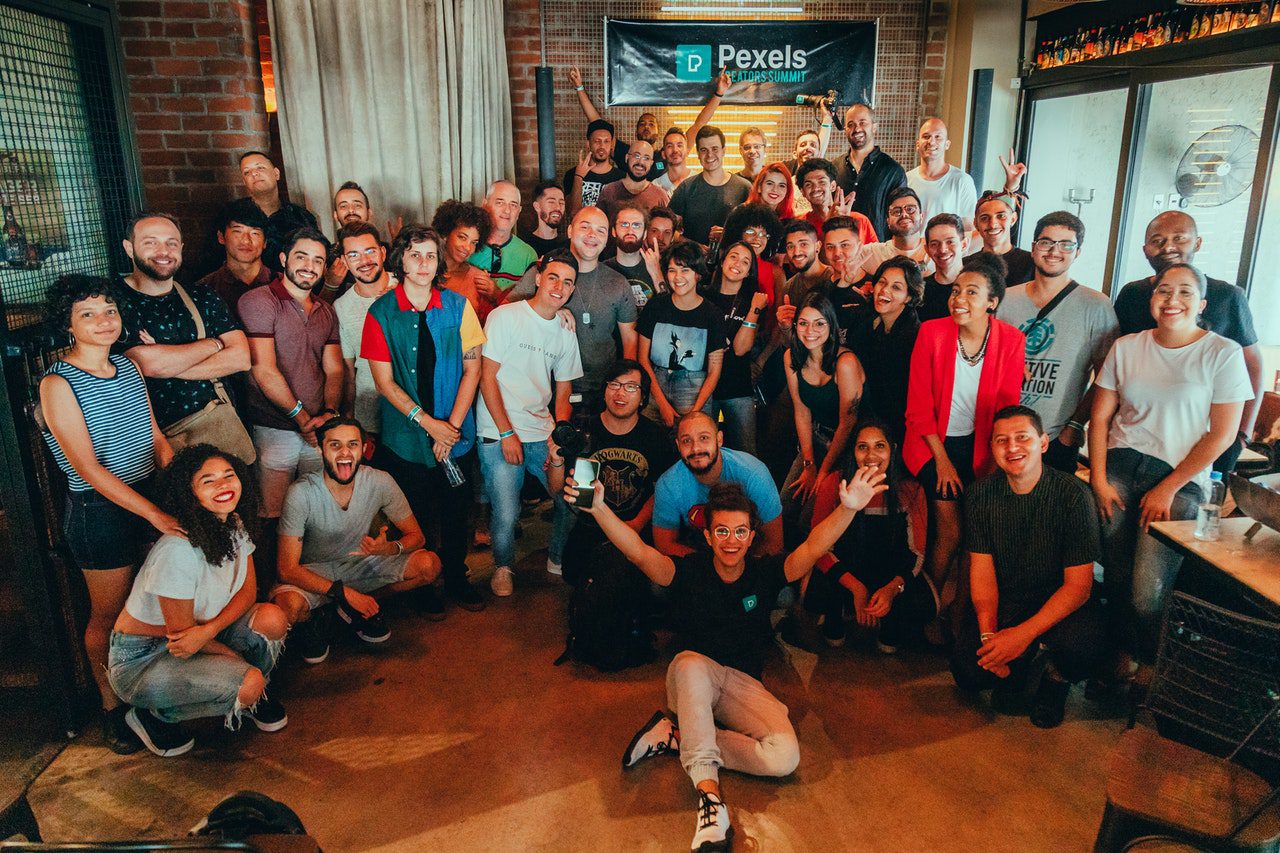The Essence of a Workforce Strategy

Plan for the Future
An excellent workforce strategy allows you to plan for the future. This strategy will enable you to anticipate workforce changes, including planning. Unless you are informed about workforce changes and trends, deciding on the future will hardly suffice.
Deciding on the future will depend on the objectives and targets of the company. For instance, you’ll need more workers during peak seasons. In such cases, while your labor costs will grow, you’ll be confident of enhanced efficiency and productivity. Thankfully, you can address this through a workforce strategy covering various future risks.
Manage Hiring Costs
A workforce strategy helps analyze your business needs, ensuring that you only hire when necessary. This strategy will provide enough employees to work on various production lines. You can increase the number of workers depending on business needs.
This approach will help you control hiring costs. While there will be enough employees at a particular time, the expenses will remain relatively manageable. In turn, it becomes easier to run the business smoothly.
Streamlined Recruitment Process
Nothing compares to the efficiency offered by a company that anticipates future changes. An excellent workforce strategy will give you insight into what changes your business could face in the future. This element allows you to plan your recruitment process according to your expectations. Through this, you get enough workers at all times, particularly during peak seasons.
At the same time, this strategy will outline what elements to observe during the recruitment process. This aspect allows you to hire qualified and experienced professionals, guaranteeing better outcomes in the long run. You’ll comfortably identify gaps in your talent acquisition and recruitment programs. With a comprehensive strategy, you are confident of better returns.
Your HR programs will also align with your business needs. Such alignment encourages employee retention in the long run. Achieving this goal requires observing various aspects, from data protection and employee assistance to career development and employee benefits.
Improve Business and Employee Culture
A comprehensive workforce strategy will look at various aspects of your workforce. It will touch on behavior, expectations, and changes. This aspect will inform your employee retention tactics. Ideally, it ensures that you breed a culture that encourages workers to stay, guaranteeing efficiency. With unmatched productivity, your business will thrive within a short time.
You can leverage predictive analytics to understand what employees might need in the future. This aspect ensures that your plans provide space for enhanced employee satisfaction. You could also devise ways to ensure that these professionals are significantly comfortable in the long run.
Having a reliable workforce strategy should be your priority. It will help improve efficiency and productivity, encouraging excellent returns in the long run. With the insights above, you understand why you should create a comprehensive one.

 Performance proficiency for any given task is only maintained through repetitive performance over time. Without ongoing practice, performance declines until a point is reached when the individual is incapable of performing the task at a level consistent with existing standards and expectations. Additionally, those not routinely performing a task are commonly unaware of changes in expectations and methodologies associated with the activity’s performance. Subsequently, these individuals have a difficult time meeting established performance expectations when assigned the activity. Thus, many organizations establish a personnel qualification system identifying those individuals capable of and authorized to perform a given task. Task qualification is maintained over time through demonstrated performance proficiency and/or testing.
Performance proficiency for any given task is only maintained through repetitive performance over time. Without ongoing practice, performance declines until a point is reached when the individual is incapable of performing the task at a level consistent with existing standards and expectations. Additionally, those not routinely performing a task are commonly unaware of changes in expectations and methodologies associated with the activity’s performance. Subsequently, these individuals have a difficult time meeting established performance expectations when assigned the activity. Thus, many organizations establish a personnel qualification system identifying those individuals capable of and authorized to perform a given task. Task qualification is maintained over time through demonstrated performance proficiency and/or testing. Standardized activity resource assumptions enable decision-makers to anticipate the quantity and type of resources needed to perform approved work; facilitating selection between competing alternatives, long-term resource planning, day-to-day scheduling, and performance measurement. Over time however, personnel, process, and business environment changes will necessitate reevaluation and alteration of the organization’s standardized activity assumptions. To accommodate these changes and maintain the benefits of using standardized assumptions requires establishment and use of a change control process.
Standardized activity resource assumptions enable decision-makers to anticipate the quantity and type of resources needed to perform approved work; facilitating selection between competing alternatives, long-term resource planning, day-to-day scheduling, and performance measurement. Over time however, personnel, process, and business environment changes will necessitate reevaluation and alteration of the organization’s standardized activity assumptions. To accommodate these changes and maintain the benefits of using standardized assumptions requires establishment and use of a change control process.
 Understanding the resource cost of activities is key to creating confidence that assigned work can be completed successfully and on time. Regardless of whether activities are frequently recurring and therefore well understood or one time efforts to produce a unique product or service, the use of standardized resource assumptions greatly helps the organization anticipate the quantity and type of resources needed to perform its approved work.
Understanding the resource cost of activities is key to creating confidence that assigned work can be completed successfully and on time. Regardless of whether activities are frequently recurring and therefore well understood or one time efforts to produce a unique product or service, the use of standardized resource assumptions greatly helps the organization anticipate the quantity and type of resources needed to perform its approved work.